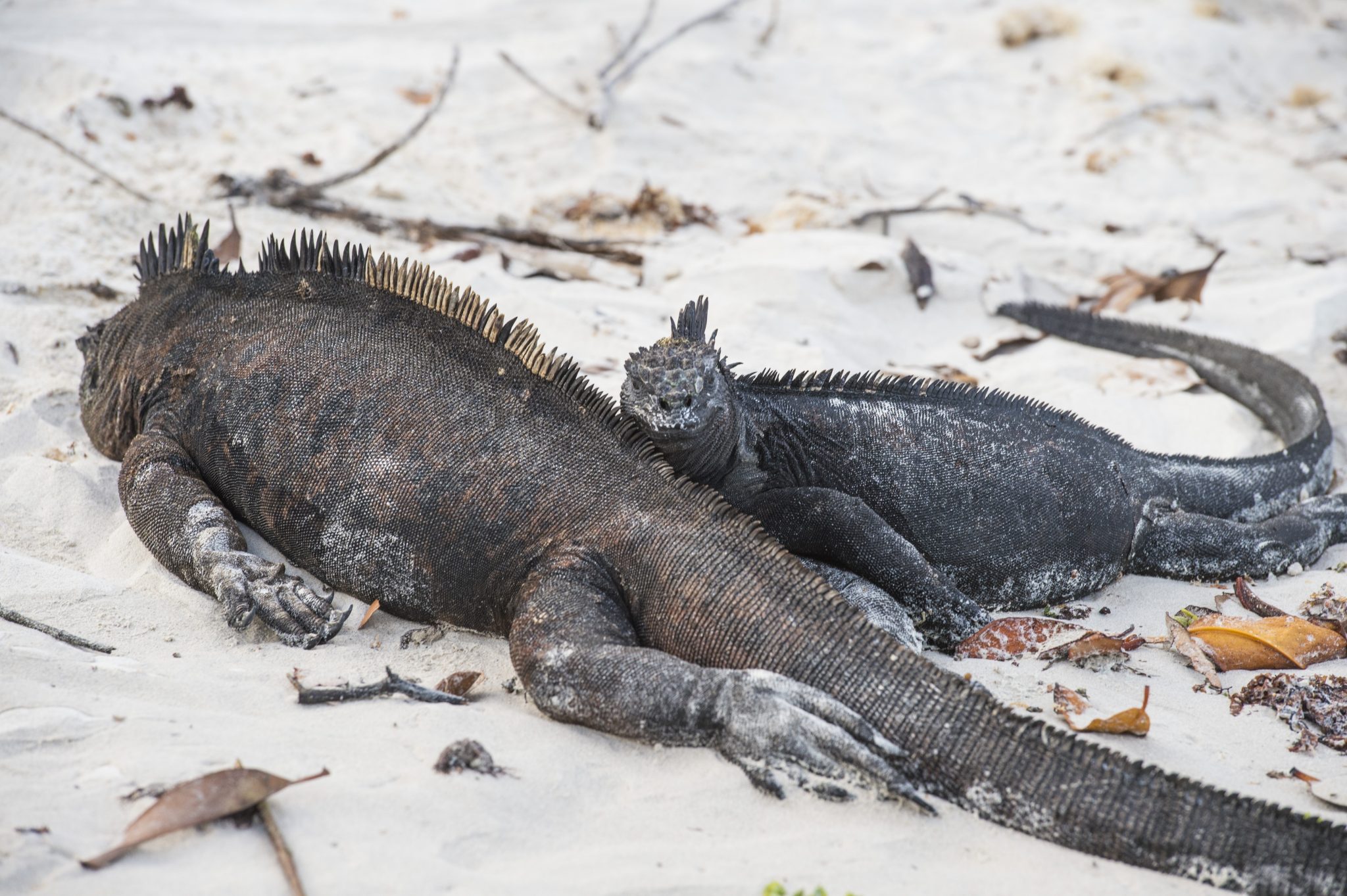In 2010, governments committed to protecting 10% of marine and coastal areas under the Convention on Biological Diversity. Recent commitments and actions under national biodiversity strategies will bring the total area under protection to more than the target.
In this press Conference the Executive Secretary to the Convention along with the Minister of Environment from Sweden and the Minister of Environment, Energy & Climate Change of the Seychelles (to be confirmed) will announce the achievement of the target and discuss the next steps to achieve management effectiveness and representativity.
When: Monday 5 June, 2017 at 3:30pm (EDT)
Where: Press Conference Room (S-237), UN Headquarters, New York
or live through http://webtv.un.org
Who: Dr. Cristiana Pasca Palmer
H.E. Ms. Karolina Skog
Media contact:
Convention on Biological Diversity
David Ainsworth + 1 514 833-0196, david.ainsworth@cbd.int
The Convention on Biological Diversity (CBD)
Opened for signature at the Earth Summit in Rio de Janeiro in 1992, and entering into force in December 1993, the Convention on Biological Diversity is an international treaty for the conservation of biodiversity, the sustainable use of the components of biodiversity and the equitable sharing of the benefits derived from the use of genetic resources. With 196 Parties so far, the Convention has near universal participation among countries. The Convention seeks to address all threats to biodiversity and ecosystem services, including threats from climate change, through scientific assessments, the development of tools, incentives and processes, the transfer of technologies and good practices and the full and active involvement of relevant stakeholders including indigenous and local communities, youth, NGOs, women and the business community. The Cartagena Protocol on Biosafety and the Nagoya Protocol on Access and Benefit Sharing are supplementary agreements to the Convention. The Cartagena Protocol, which entered into force on 11 September 2003, seeks to protect biological diversity from the potential risks posed by living modified organisms resulting from modern biotechnology. To date, 170 Parties have ratified the Cartagena Protocol. The Nagoya Protocol aims at sharing the benefits arising from the utilization of genetic resources in a fair and equitable way, including by appropriate access to genetic resources and by appropriate transfer of relevant technologies. It entered into force on12 October 2014 and to date has been ratified by 99 Parties.
For more information visit: www.cbd.int. For additional information, please contact: David Ainsworth on + 1 514 833 0196 or at david.ainsworth@cbd.int.
————

